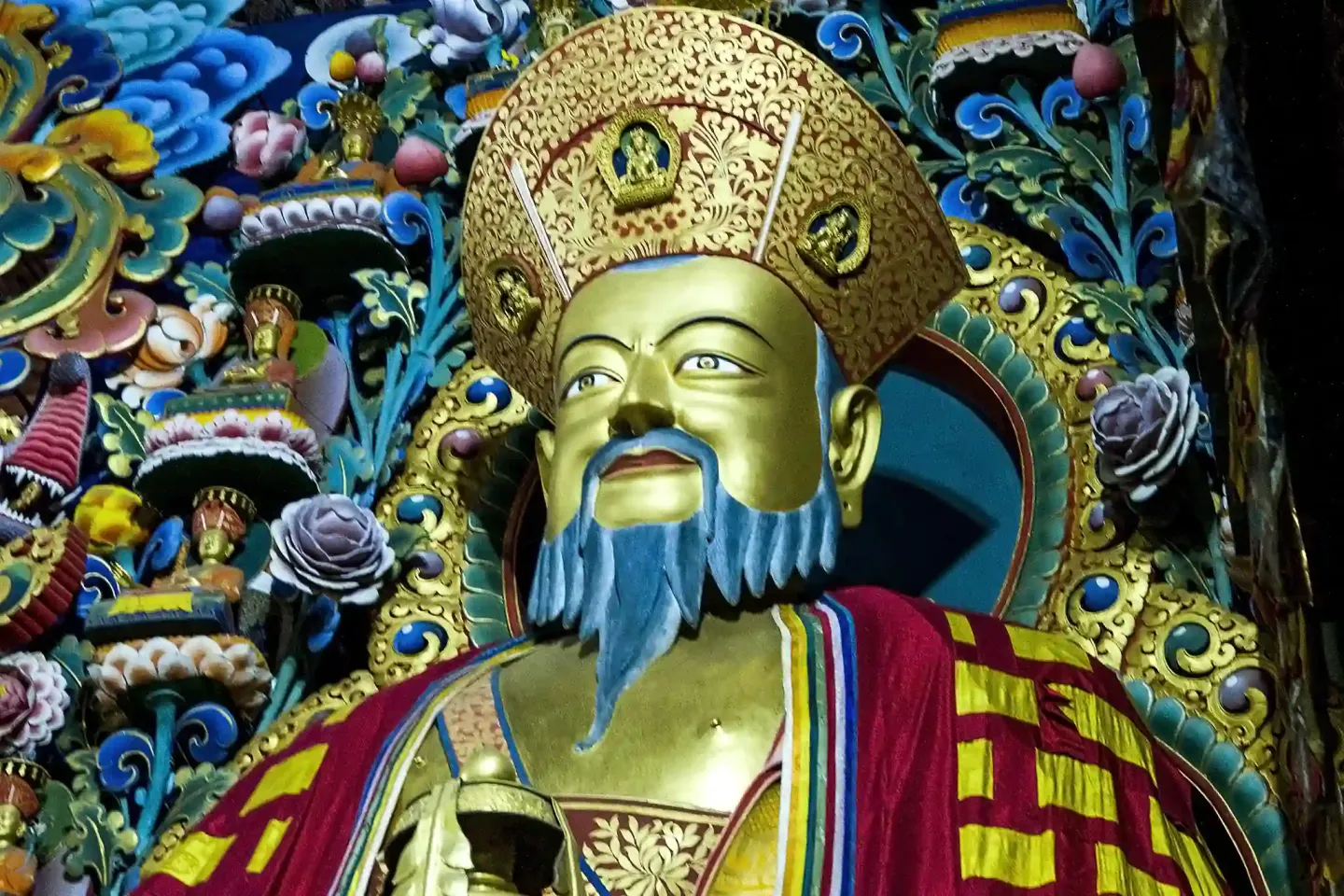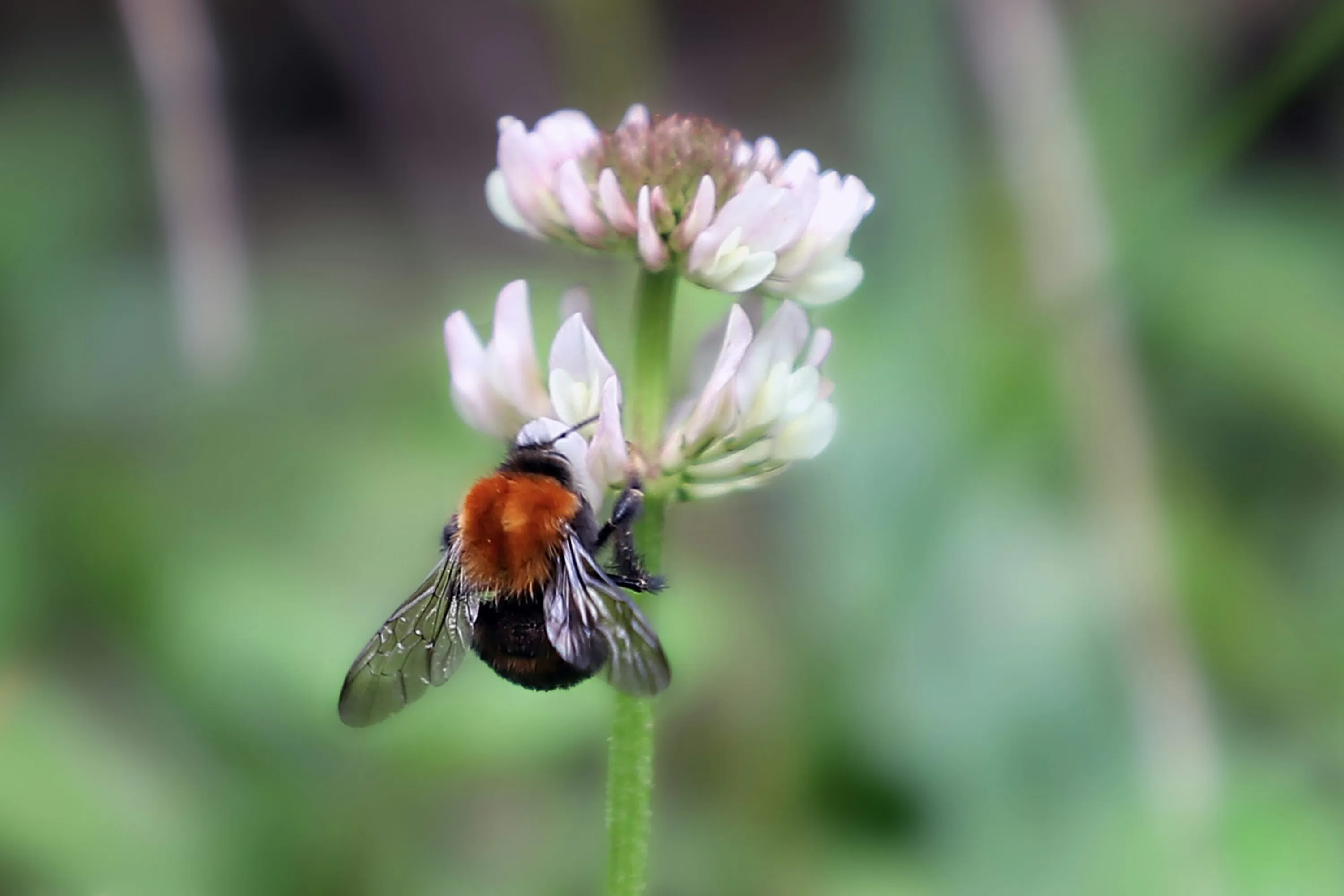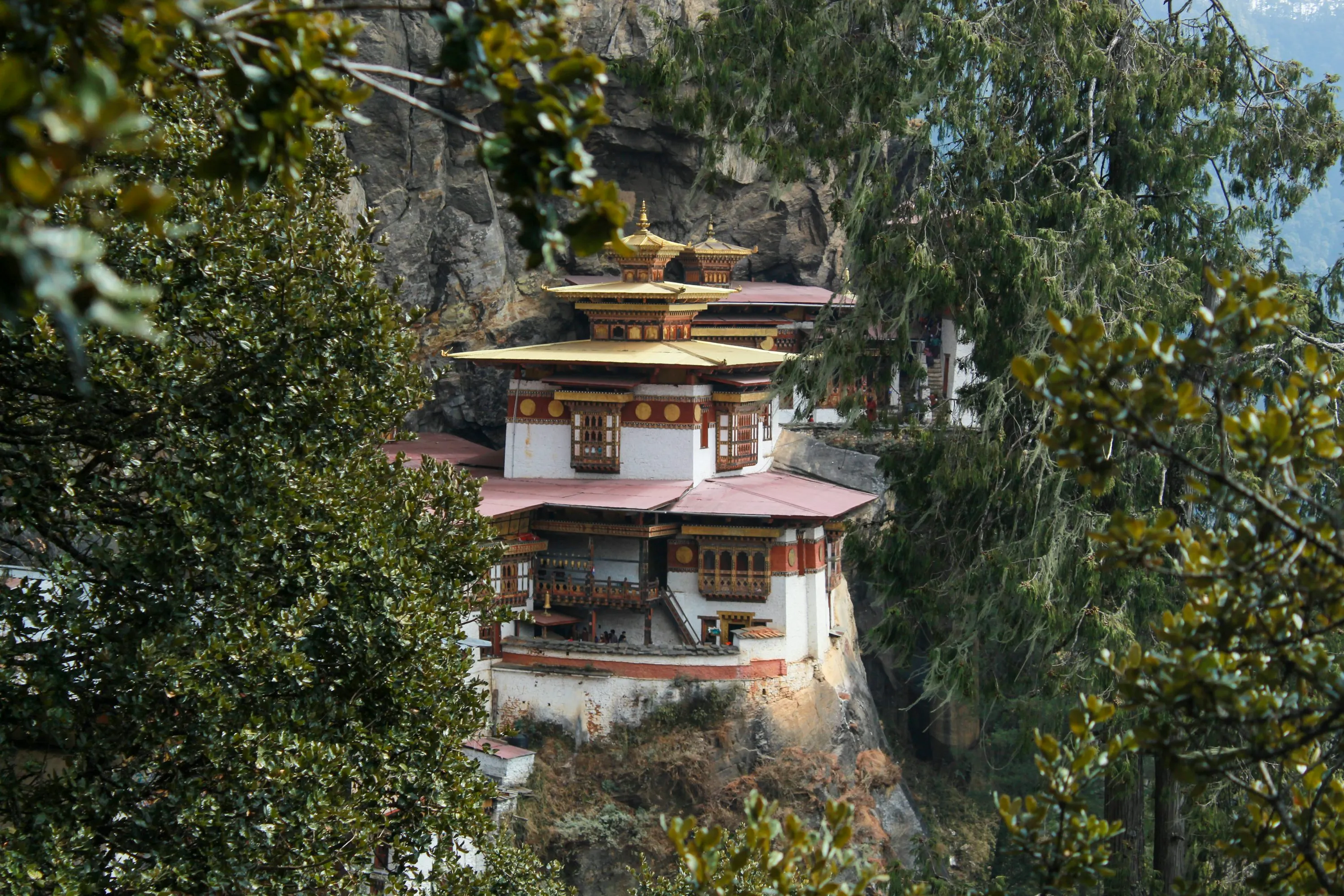Bhutan, nestled in the eastern Himalayas, beckons Finnish travelers with its untouched landscapes, profound spiritual heritage, and a philosophy centered on well-being that resonates deeply with Finland's own emphasis on quality of life. As a landlocked kingdom bordered by India and China, Bhutan offers a stark yet complementary contrast to Finland's Nordic serenity—where Finland boasts vast forests, lakes, and saunas under the midnight sun, Bhutan unfolds with towering mountains, ancient monasteries perched on cliffs, and rhododendron-filled valleys under crisp blue skies. Both nations prioritize environmental preservation and citizen happiness; Finland's high rankings in global happiness indices mirror Bhutan's pioneering Gross National Happiness (GNH) framework, which measures progress through holistic well-being rather than mere economic growth. Diplomatic relations between Finland and Bhutan were established in 1986, fostering quiet but meaningful ties through shared values like sustainability and cultural integrity. For Finns accustomed to the tranquility of Lapland's wilderness, Bhutan provides an exotic yet familiar escape, where the pace of life slows to allow immersion in nature and introspection. This guide, crafted as if by an experienced Bhutanese travel consultant, aims to equip you with the knowledge to navigate this enchanting destination, ensuring a journey that honors Bhutan's traditions while aligning with Finnish practicality and respect for the natural world.

Visa and Entry Requirements
Bhutan's tourism is meticulously controlled to preserve its cultural and environmental integrity, mandating that all foreign visitors, including those from Finland, book their trips through licensed Bhutanese tour operators. This policy ensures sustainable tourism and limits visitor numbers, aligning with the kingdom's commitment to quality over quantity. For Finnish tourists, the visa process begins with selecting a reputable tour operator who will handle the application on your behalf, as independent travel is not permitted except for citizens of India, Bangladesh, and the Maldives. Required documents include a valid passport with at least six months' validity from the date of arrival, a recent digital passport photo, and details of your travel itinerary, including arrival and departure dates. The tour operator submits these to the Department of Immigration via the online portal at immi.gov.bt, and approval typically takes about five working days. A non-refundable visa fee of US$40 per person is payable alongside the tour costs. Central to entry is the Sustainable Development Fee (SDF), set at US$100 per day per adult as of 2025, with concessions for children—US$50 for ages 6-12 and free for under 6. This fee funds Bhutan's development in education, healthcare, and conservation, directly impacting the overall pricing of your tour by adding a structured daily cost that promotes responsible tourism. Payment of the SDF and tour package secures your visa, which is issued upon arrival at Paro International Airport or land borders, stamped into your passport. Finnish travelers should note that this system integrates seamlessly with tour bookings, providing a hassle-free entry while supporting Bhutan's ethos of mindful visitation.
Travel Routes from Finland to Bhutan
Reaching Bhutan from Finland involves connecting flights, as there are no direct routes, reflecting the kingdom's remote allure and limited aviation infrastructure. Major Finnish cities like Helsinki serve as ideal starting points, with Helsinki-Vantaa Airport offering frequent international departures. Common transit hubs include Delhi in India, Kathmandu in Nepal, or Bangkok in Thailand, where you can connect to Bhutan's national carriers, Drukair (Royal Bhutan Airlines) or Bhutan Airlines, the only two airlines permitted to operate into Paro International Airport. For instance, a typical itinerary might involve flying Finnair or Qatar Airways from Helsinki to Delhi (approximately 7-8 hours), followed by a Drukair flight to Paro (about 2-3 hours). Similarly, routes via Kathmandu or Bangkok add variety, with airlines like Turkish Airlines or Emirates facilitating connections. Paro Airport, one of the world's most challenging due to its high-altitude location (2,235 meters) surrounded by mountains, requires pilots with specialized training, and flights are daylight-only with potential delays from unpredictable Himalayan weather, such as fog or strong winds—delays can range from hours to a full day, so build flexibility into your schedule. Booking should be done well in advance, ideally 3-6 months prior, through your tour operator who can coordinate seamless transfers. Expect layover times of 4-8 hours in transit cities, and consider overnight stays if needed to combat jet lag from the time difference (Bhutan is 4 hours ahead of Finland in summer, 3 in winter). This journey, while lengthy (total travel time 15-20 hours), sets the stage for Bhutan's magical isolation, rewarding patient travelers with breathtaking aerial views upon descent into Paro Valley.
Best Time to Visit and Seasonality
Bhutan's seasons profoundly influence travel experiences, shaped by its Himalayan topography that creates microclimates from subtropical lowlands to alpine heights. Spring (March to May) brings mild temperatures (10-25°C in valleys), blooming rhododendrons and jacarandas, and clear skies ideal for trekking and sightseeing, though occasional showers may occur. This period aligns well with Finnish preferences for moderate weather, avoiding extremes, and features festivals like Paro Tshechu in April, where masked dances and religious rituals draw crowds without overwhelming them. Summer (June to August) introduces the monsoon, with heavy rains (up to 500mm monthly in the south) leading to lush greenery but slippery trails, landslides, and leeches—less recommended unless you're drawn to mushroom festivals like Matsutake in August. Autumn (September to November) is peak season, offering crisp air (5-20°C), harvest festivals such as Thimphu Tshechu, and vibrant fall colors, with low rainfall and excellent visibility for mountain views; however, expect higher crowds and prices. Winter (December to February) delivers cold snaps (down to -5°C at higher elevations) with possible snow, suiting those seeking solitude and birdwatching, though some high passes may close. For Finnish tourists accustomed to cold winters but seeking contrast, autumn or spring are optimal, balancing comfortable weather, cultural events, and fewer visitors—plan around festivals for deeper immersion, but book early as accommodations fill quickly.
Money, Costs, and Payment Methods
Bhutan's currency, the Ngultrum (BTN), is pegged 1:1 to the Indian Rupee (INR), which is also widely accepted, simplifying transactions for travelers. Exchange foreign currency like Euros or USD at Paro Airport's foreign exchange desk, authorized banks such as Bank of Bhutan in major towns, or through your tour operator—rates are government-regulated for fairness. ATMs are available in urban areas like Thimphu and Paro, accepting international Visa and Mastercard with a typical withdrawal limit of BTN 10,000-20,000 per transaction and fees around BTN 200-500; however, rural areas lack ATMs, so carry sufficient cash. Credit cards are increasingly accepted in hotels, larger shops, and restaurants in cities, but smaller vendors and remote spots rely on cash—advise Finnish travelers to bring crisp USD bills for easy exchange, as Euros may incur slightly higher fees. Tour prices, mandated by the government, typically include accommodations, meals (three per day), private transport, English-speaking guides, and entry fees, starting from around US$250 per day per person (plus SDF), but extras like alcoholic beverages, tips (US$10-15 per day for guides/drivers), personal shopping, and optional activities (e.g., hot stone baths) are out-of-pocket. Budget an additional US$50-100 daily for these, depending on preferences, ensuring a stress-free experience in a cash-preferred society.
Health, Safety, and Travel Insurance
Health considerations in Bhutan revolve around its high-altitude terrain, where elevations range from 100m in the south to over 7,000m, posing risks like acute mountain sickness (AMS) with symptoms including headaches, nausea, and fatigue—precautions involve gradual acclimatization and hydration. Medical facilities are basic, with well-equipped hospitals in Thimphu and Paro, but remote areas rely on clinics; recommended vaccinations for Finnish travelers include Hepatitis A, Typhoid, Tetanus, and possibly Rabies due to stray dogs. Malaria is low-risk but present in southern borders, so use repellents. Travel insurance is indispensable, covering medical emergencies, evacuation by helicopter (essential for remote treks), and trip cancellations—ensure policies include high-altitude activities up to 6,000m. Bhutan is remarkably safe, with low crime rates stemming from strong community values and Buddhist principles; petty theft is rare, but secure valuables in hotels. Minor risks include uneven paths in monasteries, leading to slips, and occasional encounters with wildlife or dogs—carry a walking stick for deterrence. Overall, the kingdom's peaceful atmosphere allows worry-free exploration, but insurance provides peace of mind for unforeseen issues.
Cultural Etiquette and Social Expectations
Bhutanese society is steeped in Buddhist values of respect, humility, and harmony, requiring tourists to adapt behaviors to foster positive interactions. In temples and monasteries, dress modestly with covered shoulders and knees—long pants and sleeves are ideal, removing hats, shoes, and sunglasses upon entry, and walking clockwise around sacred structures as a sign of reverence. Photography inside religious sites is prohibited to preserve sanctity, and speaking softly maintains the meditative ambiance. Socially, Bhutanese appreciate patience and politeness; greetings involve a slight bow with "Kuzuzangpo la" (hello), and offering or receiving items with both hands shows respect. Modesty extends to public displays—avoid loud voices, pointing at people or statues, and overt affection. Finnish cultural traits like directness and independence may need softening; for instance, while Finns value personal space, Bhutanese hospitality often includes shared meals and conversations—embrace this with humility to avoid seeming aloof. Tipping is not customary but appreciated for service, and refusing offerings like tea politely (by covering your cup) aligns with local norms. By adjusting to these nuances, Finnish travelers can deeply connect with Bhutanese warmth, enhancing mutual understanding.
Connectivity, SIM Cards, Internet Access
Connectivity in Bhutan has improved, though it remains variable due to mountainous terrain, with Wi-Fi widely available in hotels and cafes in urban areas like Thimphu and Paro, offering speeds sufficient for emails and browsing but potentially spotty for streaming. Rural lodges may have intermittent access, so download essentials beforehand. For mobile data, purchase a local SIM upon arrival at Paro Airport or town outlets—options include B-Mobile (Bhutan Telecom) for broader rural coverage and TashiCell for affordable urban speeds. Tourist SIM packages, like TashiCell's offerings with 5-10GB data valid for 7-30 days (BTN 500-1500), include calls and texts; activation requires your passport and visa. Finnish apps generally work, but occasional restrictions on services like VPNs may arise due to government oversight—using a VPN can ensure access to home banking or social media. Signal strength is 4G in cities, dropping to 3G/2G in remotes, so inform family of potential gaps. This setup allows Finnish travelers to stay connected without detracting from Bhutan's serene disconnection.
Language and Communication
Dzongkha is Bhutan's official language, a Sino-Tibetan dialect spoken daily, but English prevails in tourism, education, and government, making communication straightforward for most visitors. Tour guides are fluent in English, trained rigorously, and often multilingual, though Finnish-speaking guides are rare—request one in advance if needed, or rely on English as a bridge. In rural areas, locals may have limited English, but hospitality transcends words; gestures, smiles, and simple phrases like "thank you" (kadinche la) bridge gaps. For travelers with limited English, apps like Google Translate (with offline Dzongkha packs) or pictorial guides aid interactions, while your tour operator can provide interpreters for deeper cultural exchanges. Embracing basic Dzongkha fosters goodwill, turning potential barriers into enriching encounters.
Packing and Preparation Advice
Packing for Bhutan demands versatility to handle its diverse climates, from warm southern plains to chilly high altitudes. Layering is key: pack breathable base layers, fleece jackets, and a waterproof windbreaker for sudden rains or winds; include thermal underwear for winters or high treks. Sturdy, broken-in walking shoes or boots with good grip are essential for uneven trails and monastery steps, plus comfortable sandals for hotel use. Personal items should cover sun protection (hat, sunglasses, SPF 50+ sunscreen), insect repellent, and a reusable water bottle for hydration. Medications are crucial—bring prescriptions, altitude sickness remedies like Diamox (consult a doctor), pain relievers, antidiarrheals, and a first-aid kit; include hand sanitizer and wet wipes for remote hygiene. Power adapters for Type D/F/G sockets (230V, 50Hz) match Finnish plugs, but add a universal one and portable charger for outages. Other practicals: lightweight daypack, binoculars for wildlife, torch for evenings, and modest clothing for sites. Finnish travelers, used to variable weather, should prioritize quick-dry fabrics and limit luggage to 20kg for domestic flights, ensuring comfort in Himalayan conditions.
Bhutan’s Unique Tourism Philosophy
Bhutan's tourism philosophy is rooted in Gross National Happiness (GNH), a visionary framework introduced by the Fourth King in the 1970s, prioritizing collective well-being over GDP. GNH encompasses four pillars—good governance, sustainable development, cultural preservation, and environmental conservation—shaping policies that favor high-value, low-impact tourism. This cautious approach limits visitor numbers through the SDF and mandatory tours, preventing overtourism's pitfalls seen elsewhere, and ensures revenues benefit communities directly via infrastructure and education. For Finnish travelers, who value ethical travel, this resonates as Bhutan eschews mass development, maintaining over 70% forest cover and carbon negativity. By preferring quality visitors who engage deeply, Bhutan safeguards its identity, offering authentic experiences that foster personal growth and global understanding.
Mindset and Expectations for Visitors
Visiting Bhutan requires a mindset attuned to its unhurried rhythm, where time bends to nature and spirituality rather than schedules. Expect a slower pace—meals linger, walks invite contemplation, and infrastructure prioritizes harmony over convenience, with small, family-run hotels offering cozy authenticity over opulent luxury. Nightlife is absent, replaced by stargazing or fireside chats, and shopping lacks malls, focusing on artisanal crafts. Finnish travelers, familiar with nature's solace, will appreciate the emphasis on hiking, meditation, and cultural immersion, but adjust to limited Wi-Fi or modern amenities. Embrace these as invitations to disconnect and recharge, finding joy in simplicity amid breathtaking vistas.
Food and Dining Culture
Bhutanese cuisine reflects its agrarian roots, featuring simple, hearty dishes with bold flavors from chilies, cheese, and rice. Staples like ema datshi (chili-cheese stew) embody the spicy, dairy-heavy profile, often paired with red rice, buckwheat pancakes, or meat curries like pork phaksha paa. Meals are communal, emphasizing hospitality—hosts serve generously, and refusing politely honors traditions. Tea is central: suja (salty butter tea) provides warmth and energy, while ngaja (sweet milk tea) offers comfort. Alcohol, like ara (fermented rice spirit), features in celebrations, but moderation aligns with Buddhist values. Finnish palates may need acclimation to the heat, but vegetarian options abound, and tours accommodate preferences, turning dining into cultural bonds.
Festivals, Religion, and Sacred Places
Religion permeates Bhutan, with Vajrayana Buddhism guiding daily life and festivals like Tshechus honoring Guru Rinpoche through masked dances, music, and rituals at dzongs. These events foster community and spiritual merit, offering visitors insights into devotion. At sacred sites, conduct rules include modest dress, clockwise circumambulation, and silence—contributing to a profound understanding of Bhutan's soul.
Hidden Challenges and Practical Inconveniences
Bhutan's charm includes minor inconveniences that test patience, like winding roads prone to delays from weather or maintenance, or occasional power outages in remotes. Itinerary changes may arise, and service can be leisurely—these reflect a life in tune with nature, inviting travelers to embrace flexibility as part of the adventure.
Shopping and Souvenirs
Shopping in Bhutan centers on authentic crafts like handwoven textiles (kira/gho fabrics), wooden masks, and incense, found in markets like Thimphu's Weekend Market. Bargaining is subtle and respectful; focus on quality over haggling, ensuring souvenirs carry genuine cultural value.
Altitude Awareness and Physical Preparedness
Altitude affects variably, with symptoms emerging above 2,500m—precautions include slow ascents, hydration (3-4 liters daily), and avoiding alcohol. Acclimatize over days, monitor health, and adjust activities to build resilience in Bhutan's elevations.
Security, Safety, and Emergency Information
Bhutan is exceptionally safe, with negligible crime; respect local laws like no smoking in public. Emergencies: dial 113 for police, 112 for ambulance. Finnish support via embassy in New Delhi or honorary consul in Thimphu.
Photography and Drones
Photography thrives outdoors, but is banned inside religious sites; ask permission for portraits. Drones require permits and are restricted near sensitive areas, emphasizing respectful capture.
What Bhutan Does Not Have
Bhutan lacks skyscrapers, fast-food chains, casinos, and malls, preserving its essence and offering uncommercialized purity as its true allure.
Important Questions to Ask Before Booking a Tour
Before committing to a Bhutan tour, Finnish travelers should engage operators thoughtfully to ensure alignment with expectations. Inquire about the guide's experience and language proficiency—will they be fluent in English, and can they accommodate any Finnish-specific needs? Discuss itinerary flexibility: how adaptable is the schedule to weather or personal energy levels, and what alternatives exist for high-altitude sites? Probe accommodations: are they comfortable, eco-friendly, and varied, from homestays to boutique hotels? On food, ask about dietary customizations, like vegetarian options or spice adjustments, and inclusions for meals. For emergencies, clarify protocols: what medical support is available, including evacuation, and how does the operator coordinate with insurance? Regarding SIM cards and connectivity, confirm if they assist with purchases and what coverage to expect. Tipping practices should be outlined: what's customary for guides and drivers? Finally, verify insurance requirements: does the operator mandate comprehensive coverage, and what risks are addressed? These questions foster a tailored, secure journey.
Conclusion
In reflection, Bhutan stands as a rare sanctuary for Finnish travelers yearning for depth beyond the ordinary, where Himalayan peaks mirror the introspective vastness of Nordic landscapes, and GNH echoes Finland's pursuit of balanced living. This kingdom invites not hasty tourism but soulful exploration, rewarding with natural splendor, cultural richness, and spiritual tranquility that rejuvenate amid a world of haste.













